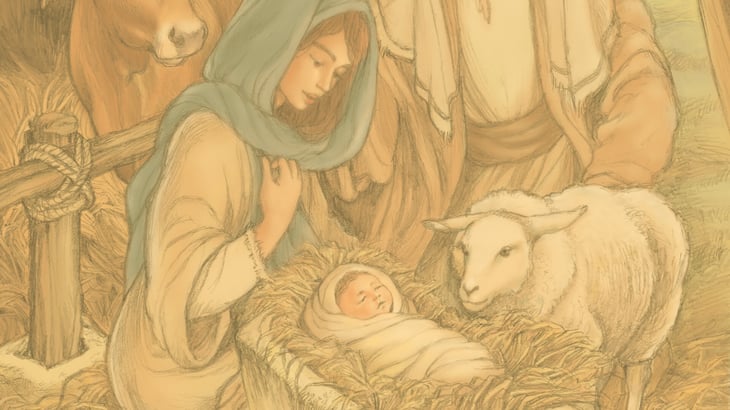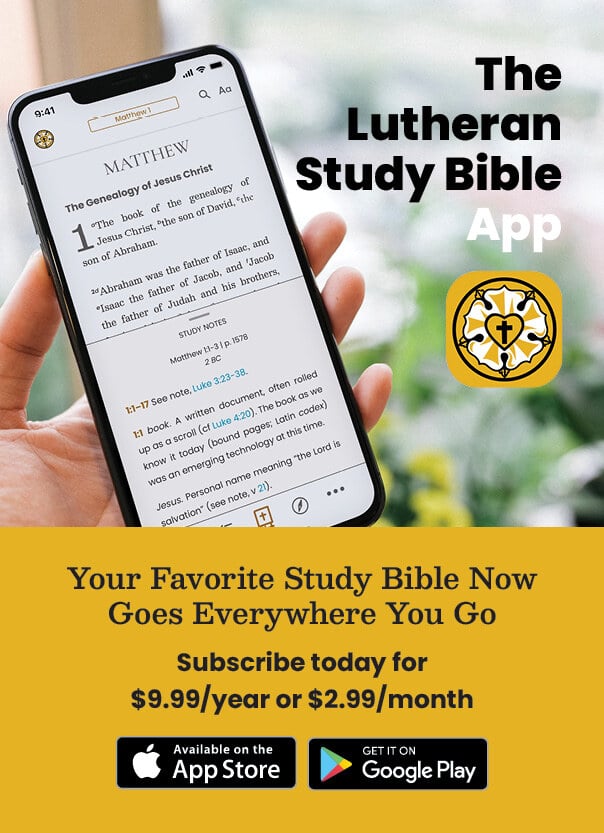Vocation Formation
Recently, I was having a conversation with my daughter about what she wants to be when she’s “grown up.” For some reason, something so obvious struck a chord within me that I want to share my realization if nothing more than to serve as a reminder to my readers.
Woven with Christ : An Image of Christian Relationships
What skill are you just now beginning to learn? Can you recall the last new skill that you learned? With the year we have had, perhaps you learned something technology-related to accommodate the remote aspects of your job. Or maybe it was something one of your students or children showed you about their world. Perhaps you have tried to be Mr. Fix It or Ms. Do-It-Yourself on projects around the house to save some money and learn something new. While some of us who picked up new quarantine habits may have since dropped them, some have continued in the brain-stretching process and further extended these habits.
The Miraculous Births of a Judge and a Savior
There are roughly eight billion people on earth, and that number is growing. As a result of improved economies, cleaner water, more productive farming, stabilized governments, and better medicine, the world’s birthrate has increased, and infant mortality has decreased. Not all countries have increased birthrates, however. In the United States, for example, the population is increasing, but ever so slowly. One would think, with the wealth of the United States, the population would be burgeoning. Yet parents have smaller families than in the past, and hundreds of babies are aborted each day.
How to Teach Kids Hard Bible Words
When we read with children, we know how to correct their mistakes, but sometimes we don’t know how to help them pronounce, understand, and retain new words. Here are some tips for teachers, parents, grandparents, and anyone else who works with children on how to teach hard Bible words.
How Habits Form Us and Why It Matters
Think back to how you began your day yesterday. Take time, think it through. What did you do? What was the order?
I’m guessing you either woke up to an alarm or just woke up at the same time you usually do. Either way, it was probably a similar morning to most. You got out of bed and went into the bathroom for your morning routine. You might have taken a shower, gotten a cup of coffee, checked your social media, and so on. Then you got ready for the day and went your way.
The Power of Recreation
In St. Louis, a popular fundraising activity is a trivia night, in which a small group of people competes with similar groups in answering an array of questions from various categories. Of course, in our Lutheran circles, “The Bible” is a common category, and one of the questions that arises frequently is “How long did creation take?” Generally speaking, the expected answer is “six days.” However, there’s no getting around the mention of the seventh day in Genesis when “God finished His work that He had done, and He rested on the seventh day from all His work that He had done” (Genesis 2:2). So, what did God create on the seventh day? He created rest.
Tuning In to the Voice of God
We are living in a postmodern age with a vastly different view of the world. For the postmodernist, truth and knowledge are not obtainable. That flies in the face of our Christian worldview. For the believer, truth is the words of our Savior. We hold to that. The Bible makes it clear that Jesus is truth.
Teaching Jesus in the Old Testament: Joshua 2
A book I read recently suggests that, given the increased use of electronic media (television, cell phones, social media, iPad, the internet) our collective attention span has shrunk. Although we might like short commercials, the fifteen-second ads of recent years have decreased our ability to remain focused on a particular point. News briefs move from one to another at lightning speed. The internet moves information across our computer screens as quickly as we can absorb it. This ease of access to information has also affected our capacity to recall information because our brains are in a constant state of saturation.
Become a Lifelong Learner of God’s Word
When you hear the word learning, what comes to mind? I’m guessing that one of the first things you think of is school. You might recall memories of classrooms, teachers, desks, and long days of sitting and listening or reading. You may think of hours of homework, peer pressure, growing up, and grades. I’m also guessing that not all your memories of “learning” are positive ones.
Law and Gospel in the Classroom
The Lutheran school system is a strange place, theologically speaking. It stands in the gap between a world of rules and a world of forgiveness. Following the scriptural insights of Martin Luther, we understand that God governs our culture according to what are traditionally referred to as the two kingdoms.
























